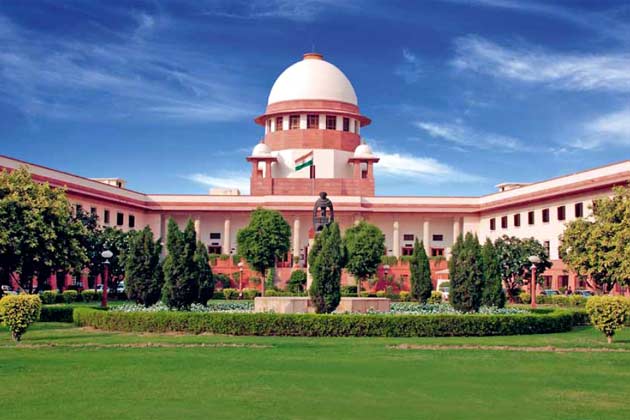The Supreme Court has ordered Indian states and Union Territories to take action against drug manufacturers who make misleading claims in advertisements promising to cure diseases. The apex court asked for stricter enforcement of the Drugs and Magic Remedies (Objectionable Advertisements) Act, 1954, which prohibits the publication of misleading advertisements regarding medical cures. The Court stated that the Act, which was enacted seventy years ago, is not being implemented properly.
A bench comprising Justice Abhay S. Oka and Justice Ujjal Bhuyan set a two-month deadline for States to set up mechanisms to receive complaints against misleading advertisements of medicines and cures. “We note the 1954 Act is more than 70 years old but unfortunately there is no implementation of the Act. We are of the view that it is necessary for states to create a mechanism for implementation of the Act,” the bench stated.
Citizens can lodge complaints against misleading ads and magical cures
The apex court also issued a set of directives on Wednesday which include initiation of criminal cases, setting up of grievance redress cells within two months and appointing gazetted-rank officers within a month. The grievance redress cells can be in the form of a special telephone helpline or email services where citizens can lodge complaints against misleading ads and magical cures.
Connection with Patanjali misleading ads case
The Supreme Court bench passed this order while dealing with a petition filed by the Indian Medical Association (IMA) alleging misleading claims by yoga practitioner Ramdev-promoted Patanjali group. Patanjali had earlier tendered an apology and assured not to repeat the mistake.
What was the Patanjali misleading ads case?
The Patanjali misleading ads case stemmed from the company’s claims that its products, including Coronil, could cure diseases like diabetes, obesity, and even COVID-19, which the Supreme Court deemed “deliberate and wilful violations” of the Drugs and Magic Remedies (Objectionable Advertisements) Act of 1954.


